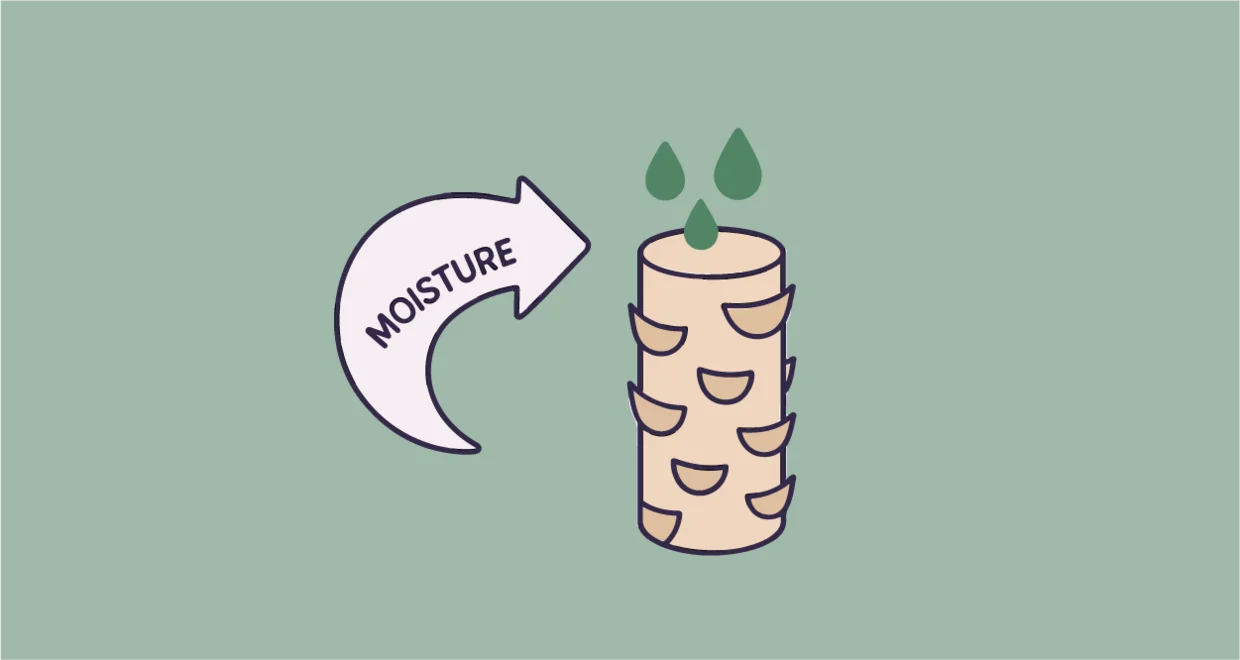Hair Porosity 101: The Secret to Customizing Your Curly Hair Routine

The Porosity Puzzle: Understanding Your Curls’ Hidden Needs 🚿✨
Hey curly friends! 🌈 Have you ever felt like your curls are tricky to understand? You’re using the right products and following the Curly Girl Method, but your hair still feels dry, flat, or just… not quite right? The answer might be your hair’s porosity—a key factor many people overlook. Let’s break it down in simple terms to help your curls thrive!
What Is Porosity?
Porosity means how well your hair absorbs and holds moisture. Think of it like a sponge: some sponges soak up water quickly (high porosity), while others struggle to absorb it (low porosity). This depends on your hair’s cuticles—tiny layers on each strand. Tight cuticles = low porosity. Cuticles with gaps = high porosity. Understanding this will help you choose the best products for your curls!
Why Porosity Is So Important
Porosity affects:
How products work on your hair (why a product might work for a friend but not for you).
How often you need moisture or protein (high porosity hair often needs protein to stay strong).
The best product textures for your hair (lightweight vs. thick).
If you ignore porosity, you might waste time and money on the wrong products. But if you learn your porosity type? It’s a game-changer!
The Three Porosity Types (and How to Care for Them)
1. Low Porosity: The Water-Resistant Hair 🌧️
Traits: Cuticles are tightly closed. Water sits on your hair, products don’t soak in easily, and your hair takes a long time to dry.
Care Tips:
Use warmth: Rinse with warm water or use a warm towel to help open cuticles.
Choose lightweight products: Look for watery leave-in conditioners (like aloe vera) and avoid heavy oils.
Wash regularly: Buildup happens fast! Use a gentle shampoo and deep cleanser regularly.
Expert Tip: Apply products to very wet hair to help them absorb better.
2. High Porosity: The Thirsty Hair 🚿
Traits: Cuticles have gaps, so moisture enters quickly but escapes fast. Often caused by damage (like coloring or heat styling).
Care Tips:
Lock in moisture: Use thick creams (shea butter) or oils (argan oil) after hydrating.
Protein is key: Use treatments with proteins like keratin to strengthen hair.
Wash gently: Cleanse with conditioner-only washes to avoid dryness.
Expert Tip: Try the LCO method (Liquid, Cream, Oil) to keep moisture in.
3. Medium Porosity: The Balanced Hair 🐻
Traits: Cuticles are slightly open—moisture goes in and stays in. You’re lucky!
Care Tips:
Deep condition weekly: Keep your hair healthy with regular treatments.
Experiment: Most products work, but avoid using too much.
Avoid damage: Protect your hair from heat to keep it in the “just right” zone.
How to Test Your Porosity
- The Float Test: Drop a clean hair strand (no product!) in water.
Sinks quickly = High porosity.
Floats = Low porosity.
Floats in the middle = Medium.
- The Spray Test: Spritz water on a section of hair.
Soaks in fast? High porosity.
Water beads up? Low porosity.
Note: Porosity can change over time (especially after damage), so test again every few months.
Common Mistakes to Avoid
Low Porosity: Using heavy oils. Try lighter oils like jojoba instead.
High Porosity: Skipping protein treatments. Your hair needs them!
Medium Porosity: Forgetting deep conditioning. Stay consistent!
Porosity Tips for Every Season
Winter: Low porosity? Use warm water to help products absorb. High porosity? Use thicker creams to protect hair.
Summer: All hair types need extra hydration! Use light sprays for low porosity, and hydrating gels for high.
Myths About Porosity
“Porosity is the same as hair texture”: No! You can have fine, high-porosity hair or thick, low-porosity hair.
“Porosity never changes”: Damage or healthy habits can change it over time.
Final Tips
Your porosity is like a guidebook for your curls. Once you know it, you can choose products that truly work. Be patient—curly hair journeys have ups and downs. Celebrate small wins (like a perfect curl!) and keep learning.